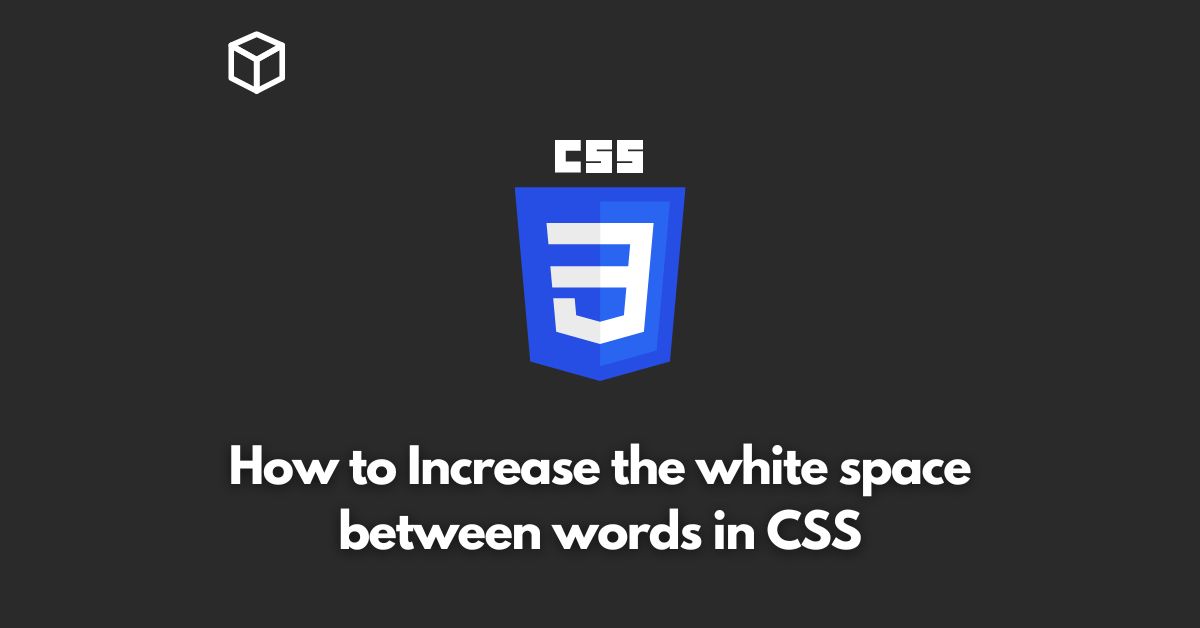As a developer, one of the key elements of creating visually pleasing and easy-to-read websites is controlling the amount of white space on the page.
This can be accomplished through a variety of methods, but one of the most effective is by using CSS.
In this CSS tutorial, we will explore how to increase the white space between words in CSS, and provide examples to help you implement this technique on your own website.
Why Increase White Space?
Before diving into the technical details, it’s important to understand the reasoning behind increasing white space.
White space, also known as negative space, refers to the areas of a website or document that are left blank.
This can include margins, padding, and line spacing.
When used effectively, white space can improve the overall readability and legibility of a website, making it easier for users to scan and understand the content.
Additionally, it can also be used to create a sense of hierarchy and organization on the page.
Increasing White Space between Words in CSS
There are a few different methods for increasing the white space between words in CSS, but the most common is by using the “letter-spacing” property.
This property allows you to control the amount of space between each character in a piece of text.
To increase the white space between words, you can use a positive value for the letter-spacing property.
For example, the following CSS code will increase the letter spacing by 2px:
p {
letter-spacing: 2px;
}You can also use the “word-spacing” property to increase the white space between words.
This property works in a similar way to letter-spacing, but it applies to entire words rather than individual characters.
p {
word-spacing: 10px;
}Another way to increase white space is by using the “line-height” property.
This property controls the amount of space above and below each line of text, and can be used to create more vertical spacing between words.
p {
line-height: 1.5;
}It’s also possible to use the padding and margin properties to increase white space around a block of text.
The padding property controls the space inside an element, while the margin controls the space outside an element.
p {
padding: 20px;
margin: 20px;
}Conclusion
In conclusion, increasing white space between words in CSS is a simple yet effective way to improve the readability and legibility of a website.
By using the letter-spacing, word-spacing, line-height, padding and margin properties, developers can control the amount of white space on a page, making it easier for users to scan and understand the content.
I hope this guide helps you create visually pleasing and user-friendly websites.




